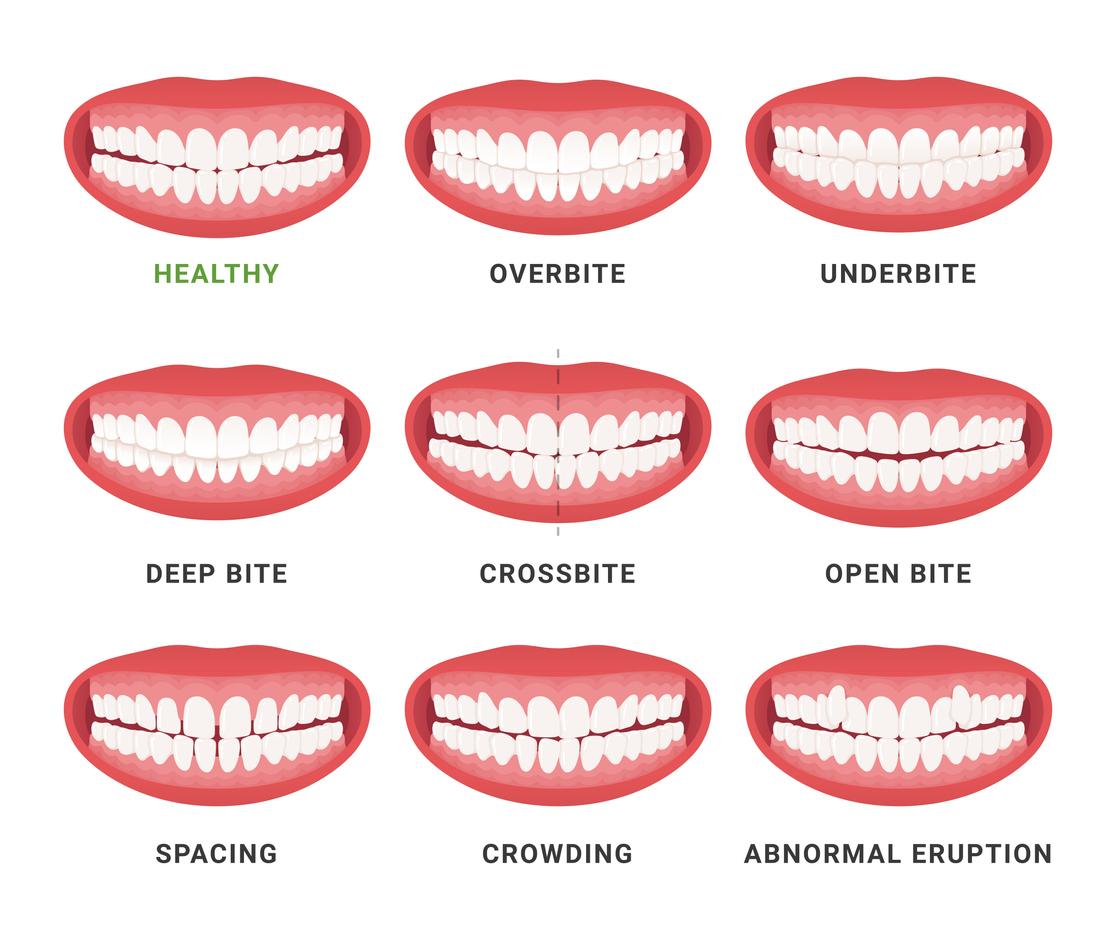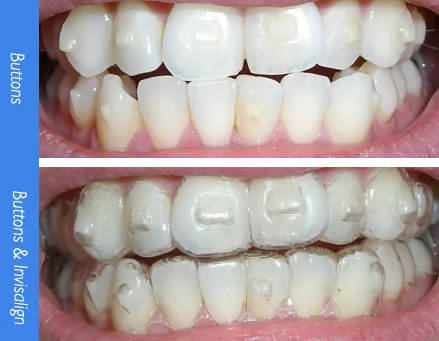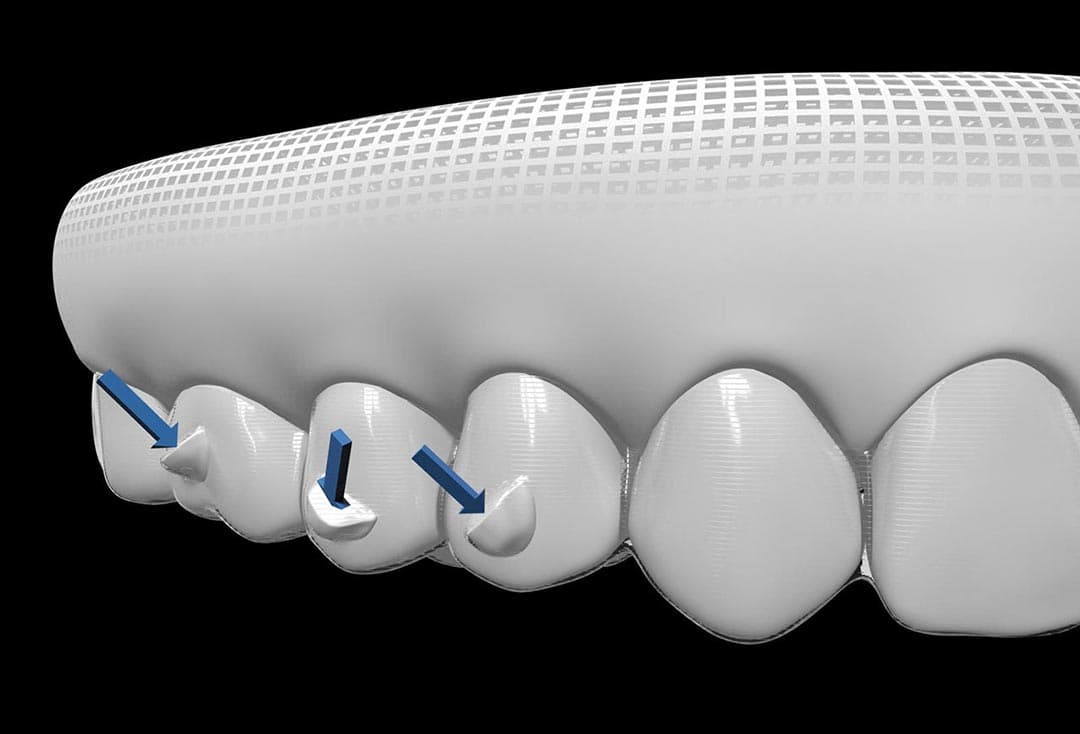Invisalign vs. Traditional Dental braces: Which Option Is Right for You?
When thinking about orthodontic therapy, the option in between Invisalign and typical dental braces presents a number of crucial elements that merit careful examination. Invisalign offers a discreet choice with removable aligners, while standard dental braces offer an extra noticeable yet reliable remedy for extreme misalignment.
Review of Therapy Alternatives

In comparison, traditional dental braces contain metal brackets and cables that are adhered to the teeth. This method applies constant pressure gradually to attain alignment. While efficient for complex orthodontic problems, standard dental braces call for regular sees for adjustments and can present obstacles in keeping dental health due to the difficulty of cleaning up about cords and braces.
Both alternatives have their advantages, and the option commonly depends upon details oral problems, lifestyle preferences, and client compliance. Ultimately, speaking with an orthodontic expert is critical for identifying the most suitable therapy strategy tailored to private requirements. Comprehending the nuances of each alternative can significantly affect the total success of orthodontic therapy.
Visual Factors To Consider
A considerable aspect affecting the option between Invisalign and traditional dental braces is the visual charm each treatment provides. Invisalign aligners are crafted from clear plastic, making them practically invisible when put on. This discreet look is particularly interesting young adults and adults who might really feel uncomfortable about their orthodontic therapy. The ability to keep an all-natural smile throughout the positioning procedure can substantially enhance the person's confidence in specialist and social settings.
On the other hand, conventional dental braces contain steel brackets and cables, which can be extra visible. While improvements in orthodontic technology have actually resulted in the growth of smaller sized brackets and colored elastics, standard dental braces still maintain an even more obvious profile. For some individuals, the exposure of dental braces might deter them from seeking needed therapy.
Inevitably, the choice in between Invisalign and standard braces may pivot on personal preferences pertaining to looks. People that focus on discretion typically favor Invisalign, while those who are less concerned regarding presence might choose traditional braces. Understanding the aesthetic implications of each choice is vital for making a notified choice that lines up with one's way of life and preferences.
Comfort and Convenience

In regards to comfort, Invisalign aligners are removable, making it possible for people to appreciate their favorite foods without constraint and preserve ideal oral hygiene. Brushing and flossing are simplified, as the aligners can be secured throughout these regimens, whereas traditional braces require careful steering around cords and braces.
In comparison, typical braces require normal changes, making them much less convenient for those with active timetables. Overall, the convenience and comfort of Invisalign make it an attractive choice for numerous individuals seeking orthodontic therapy.
Treatment Duration and Performance
While both Invisalign and standard dental braces are effective in fixing dental imbalances, the period of treatment can differ substantially between both alternatives. Generally, Invisalign therapy can take anywhere from 12 to 18 months, depending upon the complexity of the instance. The clear aligners function by slowly changing teeth her explanation into their desired positions, and regular follow-ups with an orthodontist assistance ensure progress continues to be on course.
In contrast, conventional dental braces often call for a longer dedication, generally ranging from 18 months to 3 years. This is because of their set nature and using cables and brackets, which can be a lot more reliable for complicated instances and severe misalignments (Invisalign). The therapy efficiency of conventional braces is well-documented, as they allow for exact modifications and better control over tooth activity
Ultimately, the selection in between Invisalign and typical braces may depend upon both the anticipated treatment period and the particular oral problems available. Consulting with an orthodontist Homepage is crucial, as they can supply customized recommendations based on individual requirements, ensuring the picked technique aligns with wanted results and timeframes.
Expense Comparison and Insurance Coverage Choices
Expense plays a substantial duty in the decision-making procedure for people considering orthodontic treatment, whether choosing Invisalign or standard dental braces. Usually, the price of Invisalign arrays from $3,000 to $8,000, while traditional dental braces generally set you back in between $2,000 and $6,000. Elements influencing these expenses include the complexity of the case, the period of treatment, and geographical place.
Insurance protection can substantially influence out-of-pocket expenses. Several oral insurance coverage plans provide partial coverage for orthodontic therapies, but the specifics can vary widely. It is important for individuals to evaluate their insurance coverage to identify the extent of insurance coverage for either option. Usually, typical braces might be a lot more often covered by insurance strategies compared to Invisalign, which some insurance firms categorize as a cosmetic treatment.
In addition, several orthodontic methods provide versatile layaway plan, making both therapy choices more available. Clients should ask about possible financing alternatives and discount rates for upfront settlements. Evaluating the total price, including insurance advantages and repayment plans, is crucial for making a notified decision that aligns with both visual preferences and budget plan considerations.

Verdict
In recap, the selection between Invisalign and conventional dental braces depends upon multiple aspects, including aesthetic choices, convenience, therapy duration, and expense. Invisalign uses a discreet, detachable alternative that facilitates oral hygiene and dietary adaptability, while typical dental braces may be extra appropriate for intricate oral problems and typically come at a lower cost point. Eventually, assessment with an orthodontist is crucial to examine private circumstances and determine the most suitable therapy alternative for attaining ideal dental positioning.
When considering orthodontic treatment, the selection in between Invisalign and typical braces provides a number of crucial elements that warrant mindful evaluation.Comparing Invisalign and standard braces discloses distinct therapy alternatives for orthodontic adjustment.While both Invisalign and traditional dental braces are reliable in dealing with oral misalignments, the duration of therapy can vary substantially in between the two alternatives.Expense plays a substantial function in the decision-making process for individuals thinking about orthodontic treatment, whether choosing for Invisalign or read more traditional braces.In recap, the option between Invisalign and typical dental braces pivots on multiple aspects, consisting of visual choices, comfort, therapy duration, and expense.